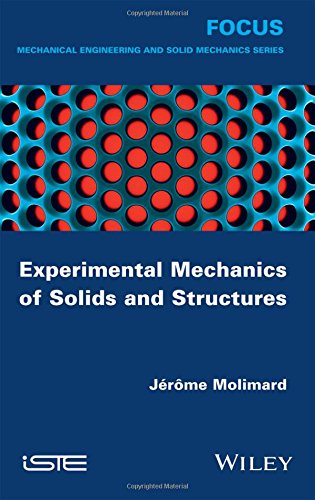

Most ebook files are in PDF format, so you can easily read them using various software such as Foxit Reader or directly on the Google Chrome browser.
Some ebook files are released by publishers in other formats such as .awz, .mobi, .epub, .fb2, etc. You may need to install specific software to read these formats on mobile/PC, such as Calibre.
Please read the tutorial at this link: https://ebookbell.com/faq
We offer FREE conversion to the popular formats you request; however, this may take some time. Therefore, right after payment, please email us, and we will try to provide the service as quickly as possible.
For some exceptional file formats or broken links (if any), please refrain from opening any disputes. Instead, email us first, and we will try to assist within a maximum of 6 hours.
EbookBell Team

4.1
100 reviewsFrom the characterization of materials to accelerated life testing, experimentation with solids and structures is present in all stages of the design of mechanical devices. Sometimes only an experimental model can bring the necessary elements for understanding, the physics under study just being too complex for an efficient numerical model.
This book presents the classical tools in the experimental approach to mechanical engineering, as well as the methods that have revolutionized the field over the past 20 years: photomechanics, signal processing, statistical data analysis, design of experiments, uncertainty analysis, etc.
Experimental Mechanics of Solids and Structures also replaces mechanical testing in a larger context: firstly, that of the experimental model, with its own hypotheses; then that of the knowledge acquisition process, which is structured and robust; finally, that of a reliable analysis of the results obtained, in a context where uncertainty could be important.